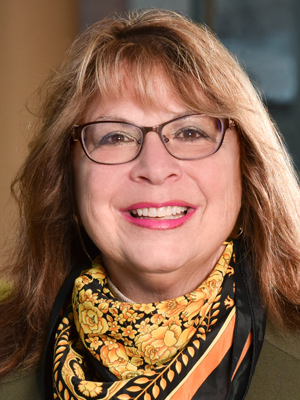Leah Lawrence
Enrollment into the CAREPlan program—a combination of two evidence-based goals of care interventions—significantly increased goals of care documentation by the primary oncologist by 1 year after the program’s introduction, according to data presented during the 2021 ASCO Quality Care Symposium (Abstract 2).
By 1 year, 41% of participants assigned to the CAREPlan program intervention had goals of care documentation compared with only 21% of the control group (p < 0.001).
“Goals of care documentation is essential for high-quality cancer care to ensure that [patients with cancer] receive care consistent with their preferences,” said Divya Ahuja Parikh, MD, MS, of Stanford University and the VA Palo Alto Health Care System, who presented results from the single-center study. “Prior studies have shown that gaps in goals of care documentation exist in electronic medical records.”
CAREPlan stands for Coaches Activating Reaching and Engaging Patients. The intervention combines the use of a community or lay health worker-led goals of care intervention developed by researchers at Stanford and the Serious Illness Conversation Guide, a guide that suggests open-ended questions that can be adapted for any patient.
“Lay health workers called ‘care coaches’ were trained to hold advanced care conversations and trained to use the Serious Illness Conversation Guide,” Dr. Parikh said. “They reached out by phone or in person and everything was documented in a template in the electronic medical record.”
The intervention resulted in a 20% difference in goals of care documentation between the two study groups. Study Discussant Marie Bakitas, DNSc, CRNP, of University of Alabama at Birmingham, said she had nothing but praise for this study’s investigators.
“Lay navigators seem to be the way to address this issue,” Dr. Bakitas said. “The [Affordable Care Act] prompted proliferation of navigation programs and one-on-one guidance to patients and families across health system settings. These navigators are respected, trusted, and culturally aware community members who can enhance access to health services in underrepresented populations.”
Additionally, she noted, this is a largely untapped workforce who can expand the reach of supportive and palliative care services and support.
Combining these workers with the Serious Illness Conversation Guide provided efficacious results, Dr. Bakitas said. Supportive care studies should continue to address social determinants of health, especially cultural and family contexts.
Study Details
The primary outcome was measure of goals of care documentation by the oncology care clinicians. This outcome was considered to be met with clinician documentation goals of care in any way within the medical record.
The researchers assessed 1,090 patients and enrolled 334 who were randomly assigned to the intervention (185 patients) or to usual care (149 patients). Patients had to have completed two lines of systemic therapy in the metastatic setting to be included.
The median age of participants was 69 and the majority on both arms were male. More than half of participants in the control and intervention arm had prostate cancer (54% and 61%), followed by kidney cancer (24% and 22%), and urothelial cancer (13% and 12%%). The majority of patients on both arms had stage IV disease, and about one-fourth had recurrent disease.
Goals of care were documented by the care coach in 65% of patients assigned to the intervention compared with 2% of patients assigned to usual care. At 12-month follow-up, the percentage of patients with oncologist documentation of goals of care was almost doubled among those assigned to the intervention.
“We were excited to see this improvement in goals of care conversations with the combination of these two evidence-based interventions,” Dr. Parikh said.
Dr. Parikh also compared the results of the CAREPlan study with another study of a lay health worker program to assist patients with establishing end-of-life care preferences at the Veterans Affairs Palo Alto Health Care System. In this study, within 15 months of enrollment, almost all patients assigned to a lay health workers intervention (93.3%) had documentation of goals of care compared with about one-quarter in the control group (24.1%), an almost 70% difference improvement.
Dr. Parikh said that although cross-study comparisons cannot be made, one hypothesis for these better results might be the differences in health care systems of the two studies.
Dr. Parikh noted that because the study was only a single-center study, its results are not generalizable. Additional analysis is being done to look at outcomes including health care utilization, hospice use at the end of life, and patient-reported outcomes.
Reference
Patel MI, Sundaram V, Desai M, et al. Effect of a lay health worker intervention on goals-of-care documentation and on health care use, costs, and satisfaction among patients with cancer. A randomized clinical trial. JAMA Oncol.2018;4:1359-1366.

Divya A. Parikh, MD, on Improving Care Documentation with a Patient Conversation Guide
2021 ASCO Quality Care Symposium
Divya A. Parikh, MD, of Stanford University School of Medicine, discusses findings that suggest an evidence-based tool, the Serious Illness Conversation Guide, may engage patients with metastatic or recurrent urologic cancer in goals-of-care conversations, potentially resulting in an increase of documentation of their goals in the electronic medical record.







